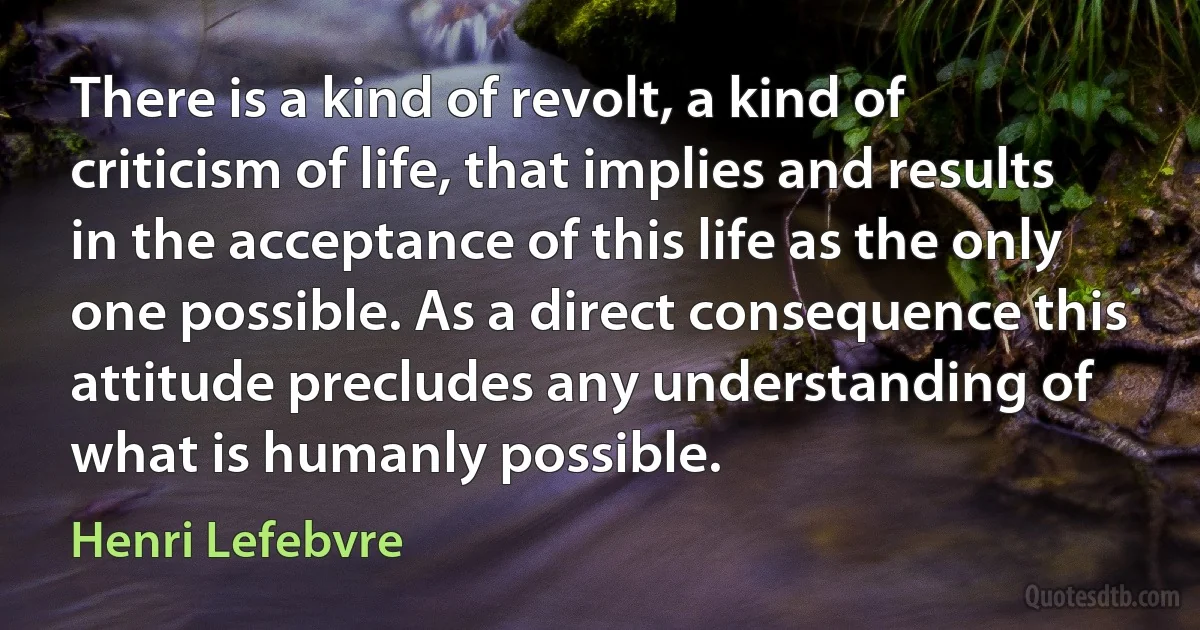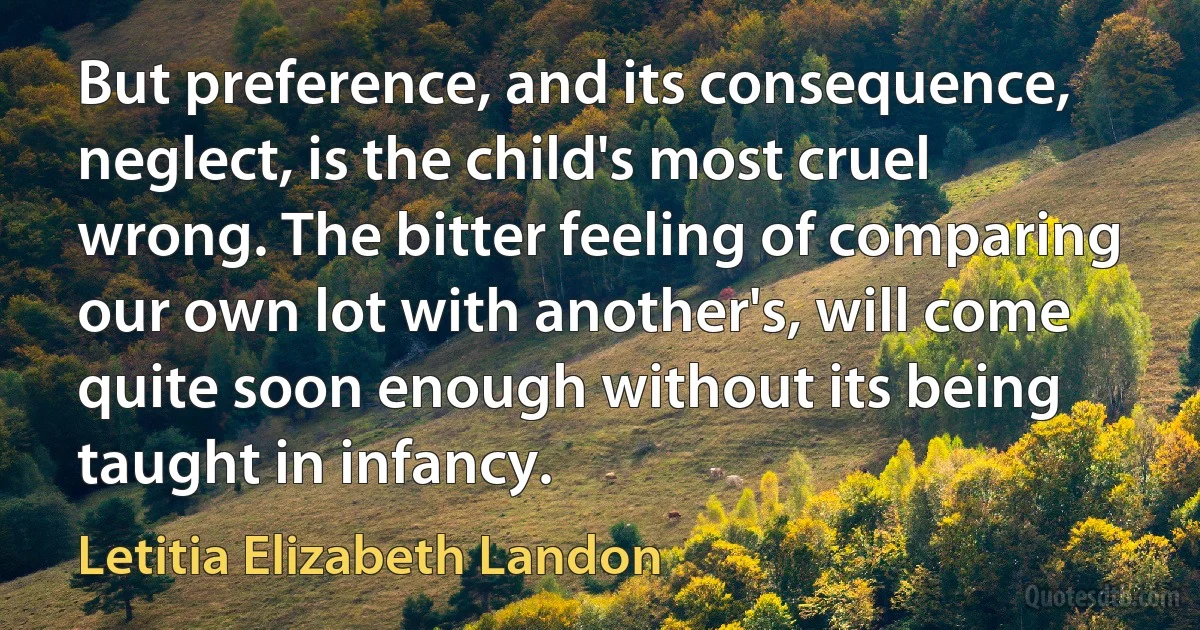Consequence Quotes - page 22
The poet's need to try to find his own voice, a recognizable individual voice that carries the signature of his voice in almost every line... the unique tone being the consequence of the poet's rigorous search for truth ( his truth(, his absolute fidelity to the nature of the experience he was exploring.

Vernon Scannell
No matter which comes first, the facts or the theory, the question to be addressed is the extent to which the theory is borne out by the facts. The strongest possible claim would be that the theory can be logically derived from the facts. That is, given the facts, the theory can be proven as a consequence of them. This strong claim cannot be substantiated.

Alan Chalmers
If we can sympathise only with the utterly blameless, then we can sympathise with no one, for all of us have contributed to our own misfortunes - it is a consequence of the human condition that we should. But it does nobody any favours to disguise from him the origins of his misfortunes, and pretend that they are all external to him in circumstances in which they are not.

Anthony Daniels (psychiatrist)
To me the entire uselessness of such rules^as practical guides lies in the inherent vagueness of the word "reasonable," the absolute impossibility of finding a definite standard, to be expressed in language, for the fairness and the reason of mankind, even of Judges. The reason and fairness of one man is manifestly no rule for the reason and fairness of another, and it is an awkward, but as far as I see, an inevitable consequence of the rule, that in every case where the decision of a Judge is overruled, who does or does not stop a case on the ground that there is, or is not, reasonable evidence for reasonable |men, those who overrule him say, by implication, that in the case before them, the Judge who is overruled is out of the pale of reasonable men.

John Coleridge, 1st Baron Coleridge
In some domains, women are more sexually selected than men; one could say in these cases that women have the larger "peacock's tail.” An example can be found in the domain of physical attractiveness. Women are typically rated as better looking than men, by both men and women. The difference is plausibly a consequence of the fact that, although both sexes care about good looks in a mate, on average, men care somewhat more. This means that, since this sex difference first evolved, there has been a somewhat stronger selection pressure on women than men for physical attractiveness - the opposite of what we find in peacocks.

Steve Stewart-Williams
The great instrument of all these changes, and what infuses a peculiar venom into all of them, is party. It is of no consequence what the principles of any party, or what their pretensions, are; the spirit which actuates all parties is the same; the spirit of ambition, of self-interest, of oppression, and treachery. This spirit entirely reverses all the principles which a benevolent nature has erected within us; all honesty, all equal justice, and even the ties of natural society, the natural affections.

Edmund Burke
Seeing several of these paintings [his series paintings 'Hommage to the square', Josef Albers painted in 1963-64] next to each other makes it obvious that each painting is an instrumentation on its own.
This means that they all are of different palettes, and, therefore, so to speak, of different climates.
Choice of the colors used, as well as their order, is aimed at an interaction – influencing and changing each other forth and back.
Thus, character and feeling alter from painting to painting without any additional 'handwriting' or, so-called, texture.
Though the underlying symmetrical and quasi-concentric order of squares remains the same in all paintings – in proportion and placement – these same squares group or single themselves, connect and separate in many different ways
In consequence, they move forth and back, in and out, and grow up and down and near and far, as well as enlarged and diminished. All this to proclaim color autonomy as a means of plastic organization.

Josef Albers
Other countries drink to get drunk, and this is accepted by everyone in France, drunkenness is a consequence, never an intention. A drink is felt as the spinning out of a pleasure, not as the necessary cause of an effect which is sought wine is not only a philter, it is also the leisurely act of drinking.

Roland Barthes
God does not cause our misfortunes. Some are caused by bad luck, some are caused by bad people, and some are simply an inevitable consequence of our being human and being mortal. living in a world of inflexible natural laws. The painful things that happen to us are not punishments for our misbehavior, nor are they in any way part of some grand design on God's part. Because the tragedy is not God's will, we need not feel hurt or betrayed by God when tragedy strikes. We can turn to Him for help in overcoming it, precisely because we can tell ourselves that God is as outraged by it as we are.

Harold S. Kushner
There is no tyranny in the world more hateful than that of ideas. Ideas bring ideophobia, and the consequence is that people begin to persecute their neighbors in the name of ideas. I loathe and detest all labels, and the only label that I could now tolerate would be that of ideoclast or idea breaker.

Miguel de Unamuno



